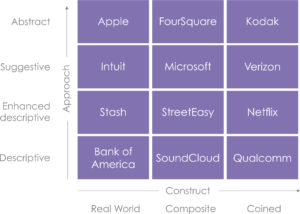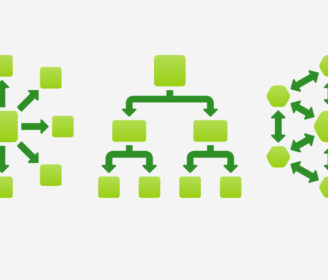Merging Equal B2B Brands: Birth Name, Married Name, or New Name?
It’s a common question for newlyweds. Do they each keep their birth names, opt to use one name, or hyphenate? When B2B brands marry, however, the name game gets really tricky.
It’s even more acute when the merging enterprises occupy the same business segment and are merging equals. Sometimes it’s relatively simple…





